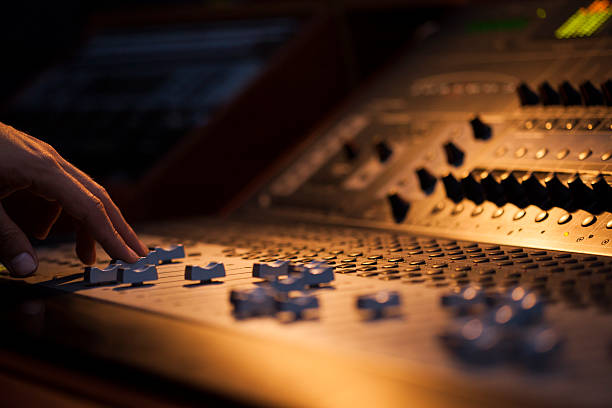Producing music is harder than many think. It’s much more than recording and pressing release. There’s a lot involves, including a lot of technical tools.
Music production is the art of creating and arranging music using various tools and techniques. Whether you’re a beginner or a seasoned musician, understanding the essentials of music production can help you bring your musical ideas to life. Let’s explore some key tools and techniques to get you started.
1. Digital audio workstation (DAW)
A digital audio workstation, or DAW, is the central hub of music production. It’s software that allows you to record, edit, arrange, and mix audio tracks. Popular DAWs include Ableton Live, FL Studio, Logic Pro, and Pro Tools. Experiment with different DAWs to find one that suits your workflow and preferences.
2. MIDI controllers
MIDI controllers are devices that allow you to control virtual instruments and software synthesizers within your DAW. They come in various forms, including keyboards, drum pads, and MIDI guitars. MIDI controllers enable you to play and manipulate sounds in real-time, adding expressiveness and creativity to your productions.
3. Virtual instruments and sample libraries
Virtual instruments and sample libraries are digital representations of acoustic and electronic instruments. They allow you to access a wide range of sounds and textures, from pianos and guitars to synths and drum kits. Experiment with different virtual instruments to find the perfect sounds for your tracks.
4. Audio interfaces
An audio interface is hardware that connects your computer to microphones, instruments, and other audio gear. It converts analogue audio signals into digital data that can be processed by your DAW. Choose an audio interface with the right number of inputs and outputs for your recording needs, whether you’re recording vocals, guitars, or full bands.
5. Mixing and mastering
Mixing and mastering are essential stages of music production that involve balancing and polishing your tracks. It involves adjusting the levels, panning, and effects of individual tracks to create a cohesive and balanced mix. Mastering focuses on optimising the overall sound of your tracks for distribution, ensuring they sound great across different playback systems.
6. Effects and processing
Effects and processing tools are used to shape and enhance the sound of your tracks. Common effects include reverb, delay, compression, and EQ. Experiment with different effects to add depth, texture, and character to your music. Don’t be afraid to get creative and try out unusual combinations to achieve unique sounds.
7. Composition and arrangement
Composition and arrangement are the foundation of music production, shaping the structure and flow of your tracks. Experiment with different chord progressions, melodies, and arrangements to create engaging and memorable music. Use tools like MIDI editing and arranging within your DAW to arrange and organise your musical ideas.
Music production is a diverse and exciting field that offers endless possibilities for creative expression. By mastering essential tools and techniques like DAWs, MIDI controllers, virtual instruments, audio interfaces, mixing and mastering, effects and processing, and composition and arrangement, you can bring your musical vision to life with confidence and creativity.







